Trophy hunting is hunting for sport (pleasure and recreation). In recent years, it has become an international billion-dollar industry.
The animals killed in trophy hunting are often large, have unique qualities or characteristics, and are considered rare (not found in large numbers and consequently of interest or value).
History
Hunting for sport has occurred throughout history, especially among royalty, noblemen, and other elite members of society. It was popularized in the late 1800s when hunters like Frederick Selous, Walter Bell, and Samuel Baker published books describing their hunts.
Frederick Selous (1851 – 1917) was a British explorer and professional hunter who hunted elephants for profit.
Walter Bell (1980 – 1954) was a Scottish soldier and big game hunter in East Africa who killed elephants for ivory and other African animals.
Samuel Baker (1821 – 1893) was an English explorer and big game hunter in Africa, Asia, Europe and North America.
How it works
Hunters typically pay tens of thousands of dollars to kill an animal. Some animals are lured with bait and killed, while others are acquired at auction or bought at ranches and farms, where they are raised to be shot by hunters. Parts of the animal are often kept and displayed as trophies.
The most hunted animals are the African elephant, leopard and lion.
Statistics
According to an International Fund for Animal Welfare study in 2016, of the 1.7 million animals killed by trophy hunters between 2004 and 2014, 200,000 belonged to threatened or endangered species, including 11,000 lion trophies.
Americans top the list as the largest group of trophy hunters, importing 75% of animal trophies globally. Other large importers include Spain, Germany, Austria and Denmark.
Efforts to ban trophy hunting
In July 2022, 136 conservation and animal protection organizations worldwide called for a ban on trophy hunting imports.
“With the unethical practice of trophy hunting harming species conservation and the economy for decades, a policy shift is long overdue. Together, with a united voice of 136 NGOs from all around the world, we call on governments to take responsibility towards the protection of species and biodiversity, and to ban the import of hunting trophies.” – Reineke Hameleers (CEO Eurogroup for Animals)
Download the 2022 Joint Position on Trophy Hunting.
Why ban trophy hunting?
Trophy hunting exploits and abuses animals. It does not prevent poaching or help communities where the hunting takes place. It also harms conservation efforts and contributes to the extinction of threatened and endangered species.
New USA Legislation
New legislation, the Prohibiting Threatened and Endangered Creature Trophies Act of 2024, has been introduced to the 118th Congress to prohibit anyone from taking threatened species with the United States of U.S. territorial seas as trophies or importing such trophies. Trophy is defined as a dead animal, or recognizable part of an animal, that was obtained under an authorization issued by a state, foreign government, or private landowner. The bill modifies the U.S. Endangered Species Act of 1973.
Download a copy of the bill.
H.R.-7840-Prohibiting-Threatened-and-Endangered-Creature-Trophies-Act-ProTECT-of-2024.pdf

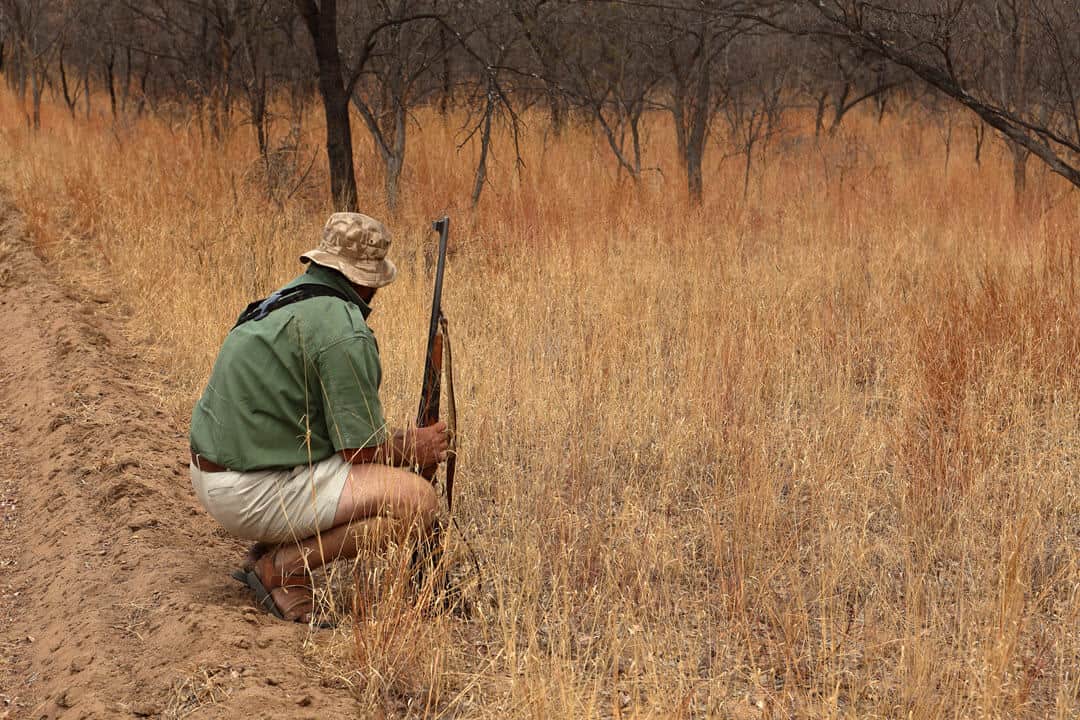
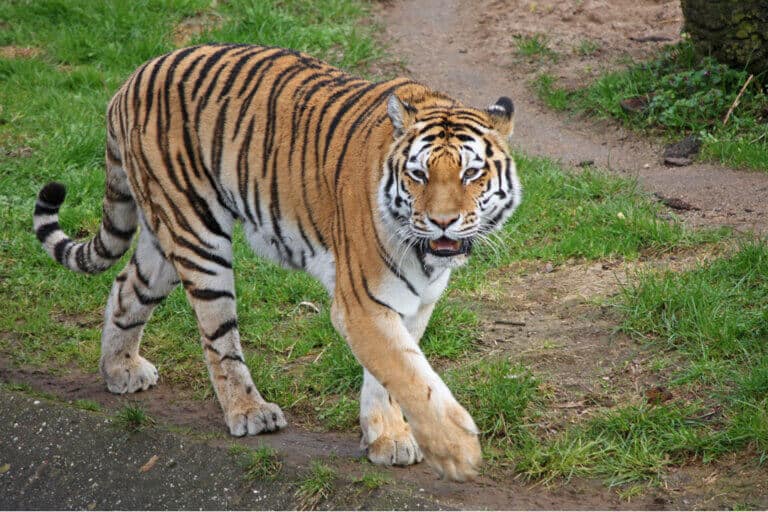
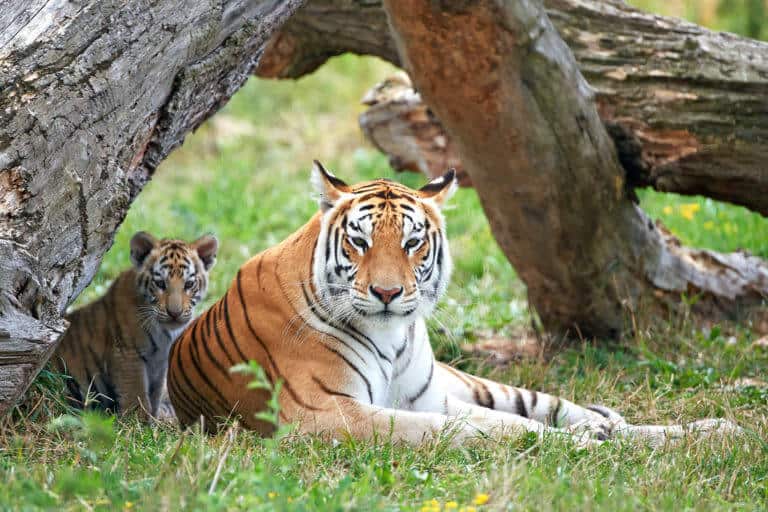

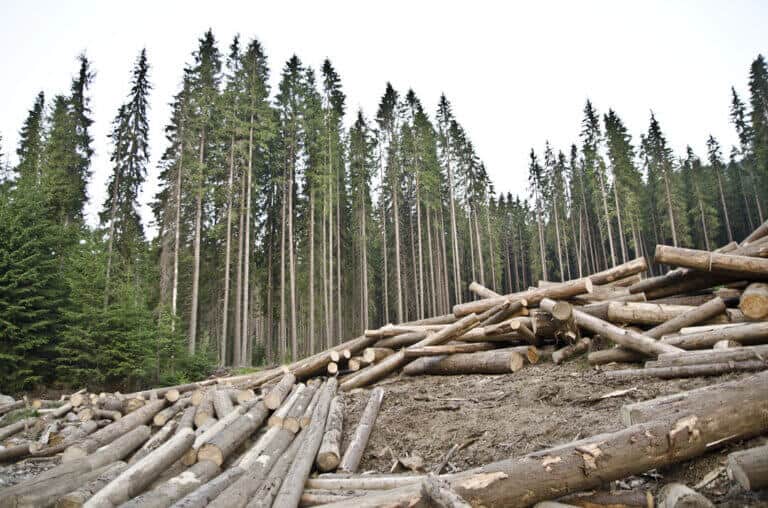

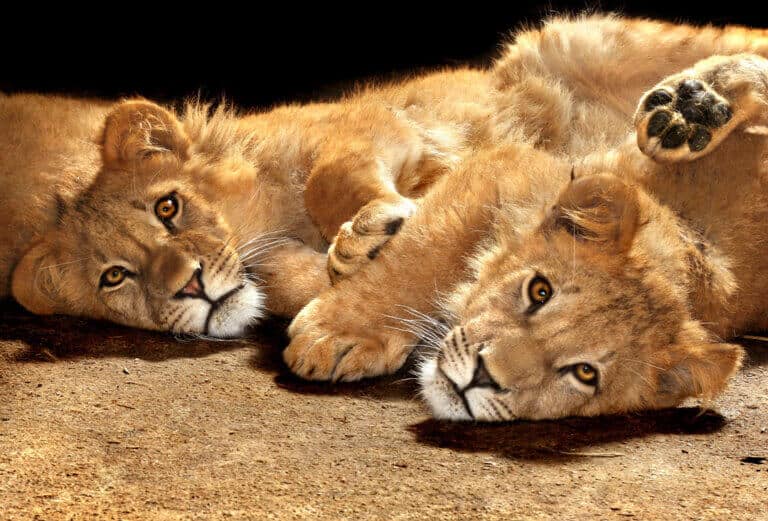

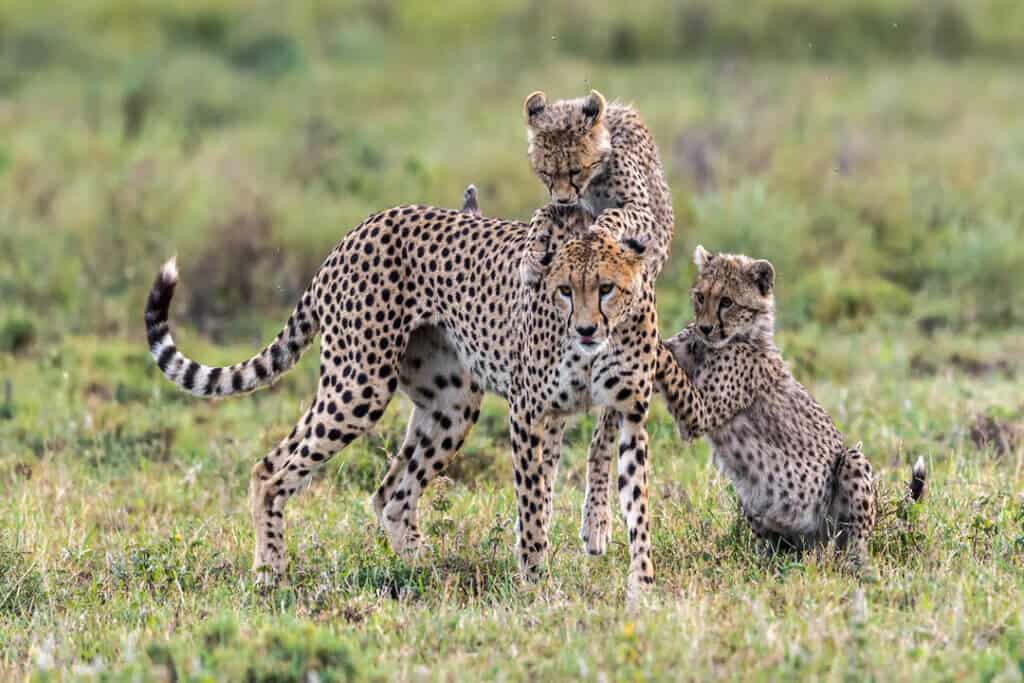

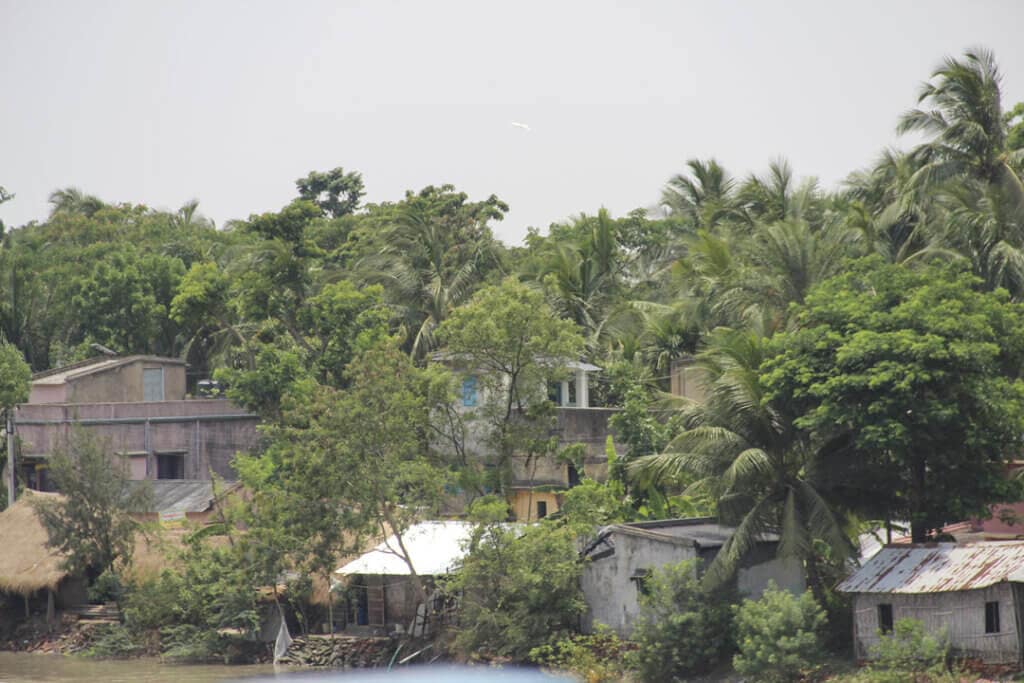
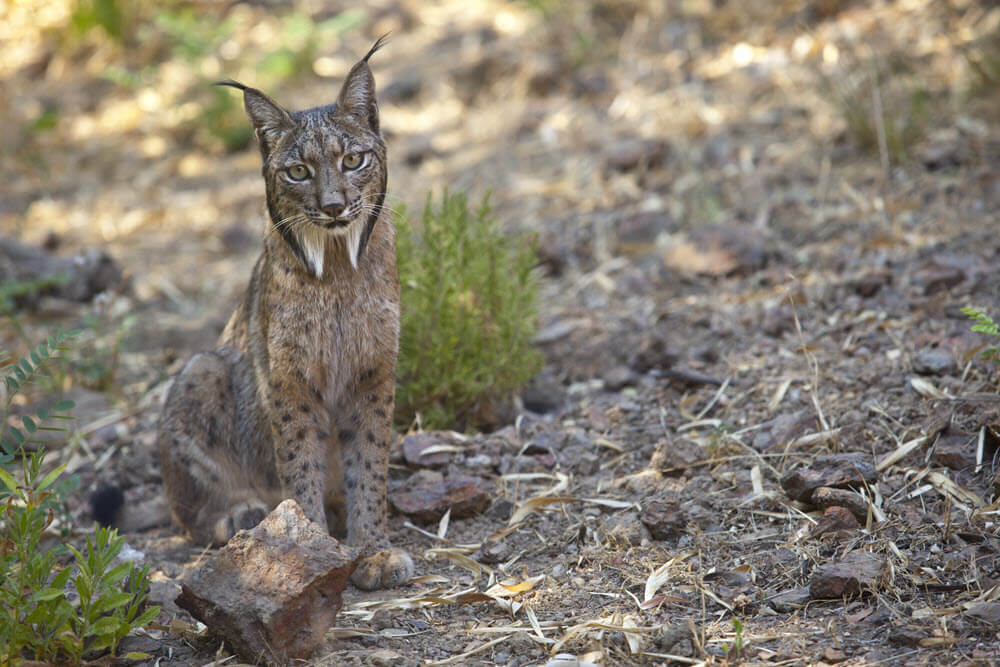
0 Comments